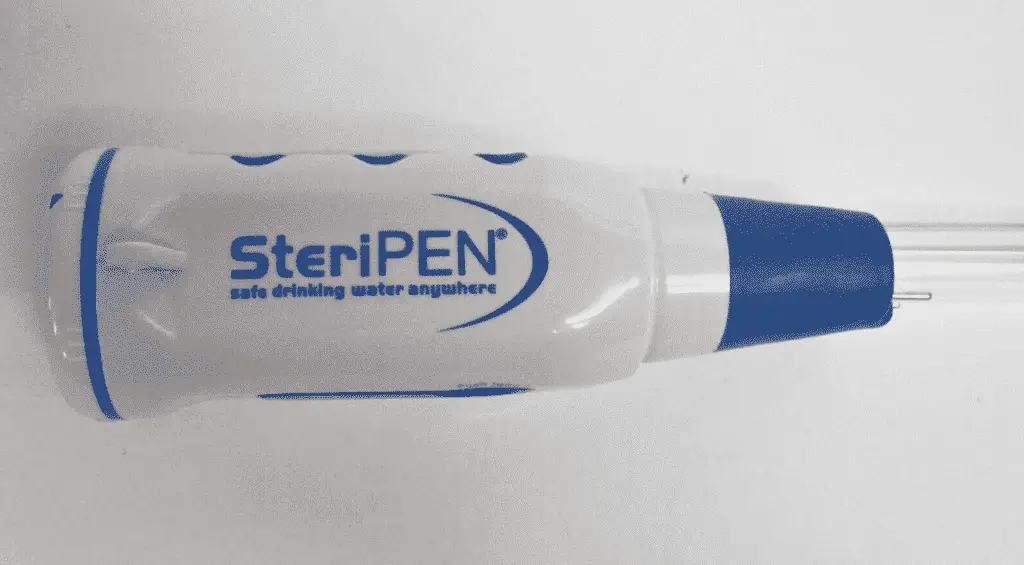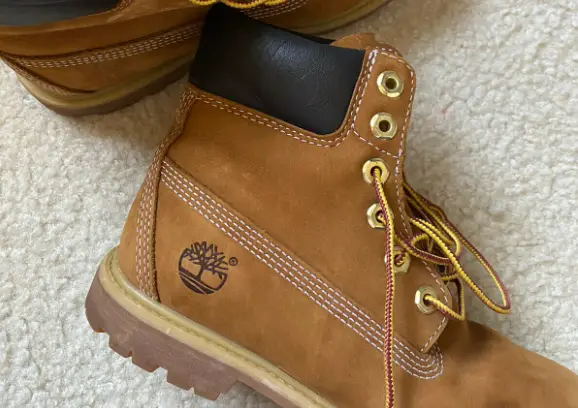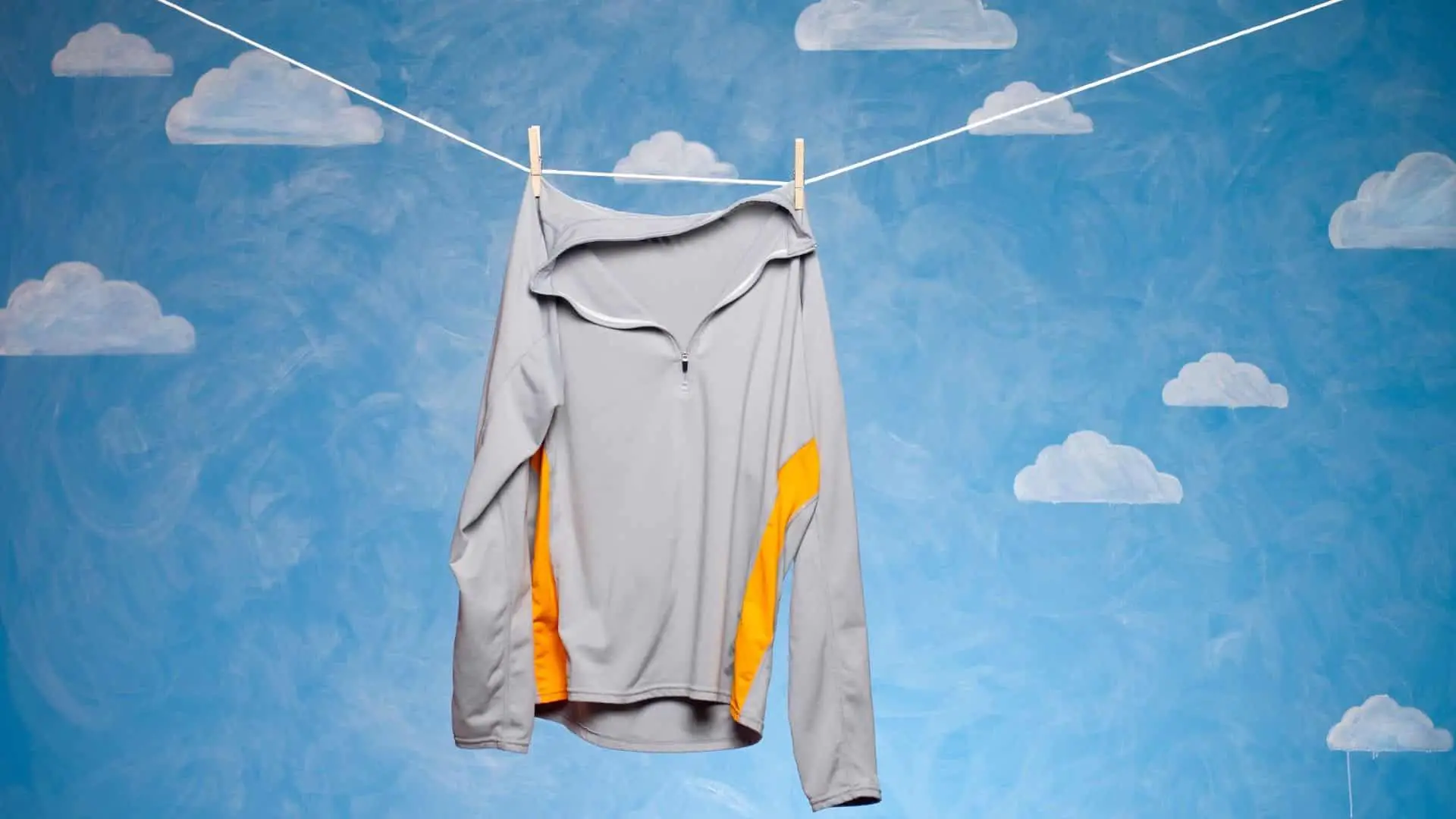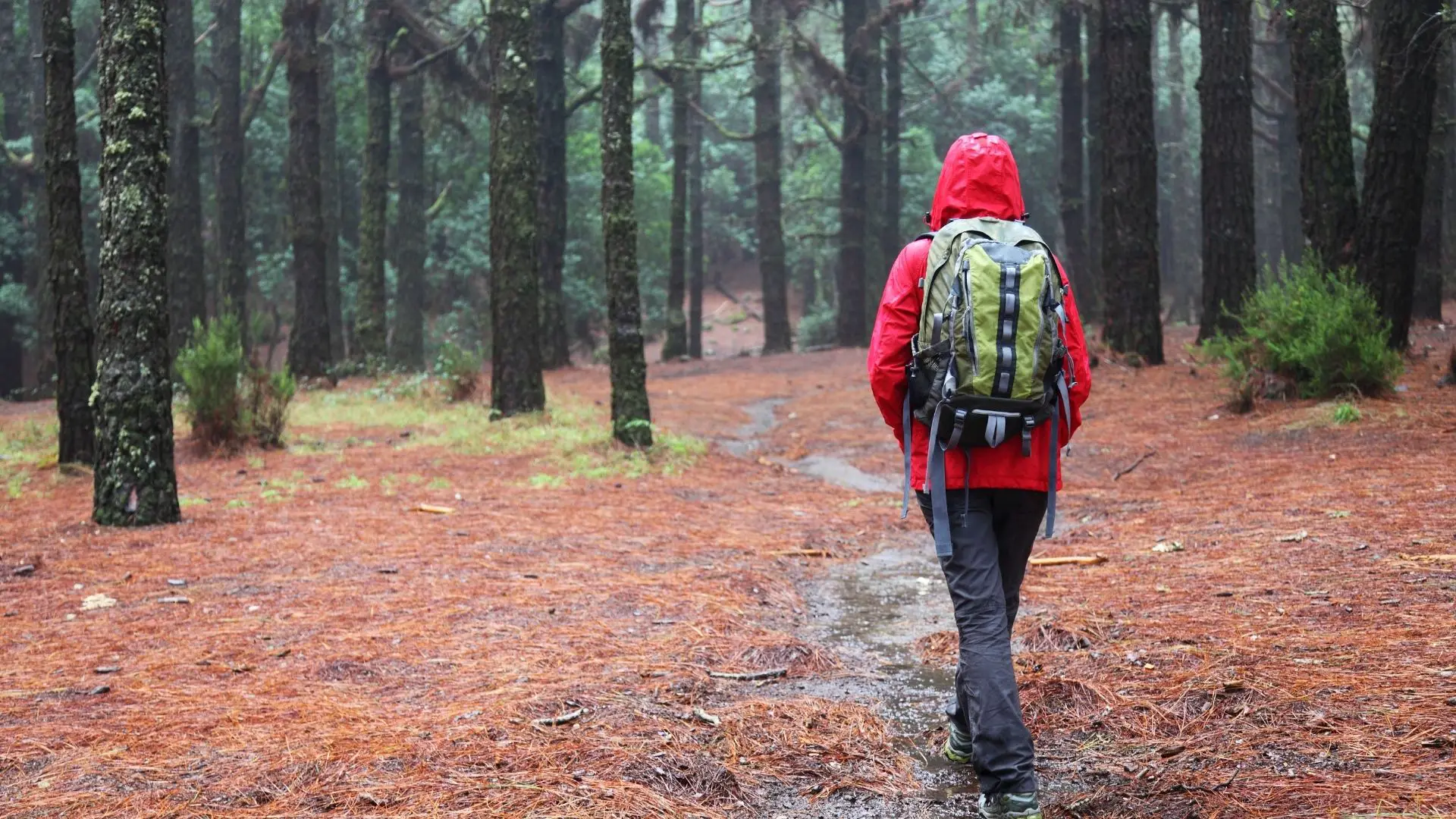Backpacking water filters are great at removing bacteria and protozoa, but most of them fall short when it comes to viruses. In the past couple years a few products have hit the market claiming to filter viruses, but do they really work? Does the Sawyer Mini Filter Viruses?
The Sawyer Mini Water Filter can not filter out viruses. It’s rated to filter 100,000 gallons of water and remove 99.99999% of all bacteria and protozoa. The filter isn’t fine enough to handle heavy metals and viruses. You need to upgrade to the Sawyer Select S3 Purifier if you need virus protection.
The Sawyer mini might not be able to handle viruses, but it’s a very capable backpacking water filter. It’s all you really need throughout most of the United States, and Canada. For the rest of the world you’ll need to buy either the Sawyer Select S3 Purifier that can handle viruses, or a chemical/UV purifier.
Sawyer Mini Can’t Filter Viruses

Tackling viruses is tough for most handheld water filters. On the microscopic scale, viruses are tiny compared to protozoa and bacteria. The smallest measured bacteria cell is 20 times bigger than the typical virus cell. Most water filters just can’t handle the size of viruses.
Check out the specs on the Sawyer Mini Water Filter. It can filter down to .1 micron which is perfect for 99.9999% of bacteria and protozoa, but not good enough for viruses and heavy metal particles. Viruses range in size from .02 to .25 Microns which actually makes them submicroscopic. They’re so small that you can’t see them on an ordinary light microscope. You need an extremely expensive electron microscope ($100,000+).
This is a great water filter if you usually camp in the United States or Canada. The 100,000 gallon rating is especially impressive! It’s the perfect inline water filter when drinking out of a hydration bladder. Plus it attaches to water bottles and straws to drink straight from the source.
You can always use water purifying tablets alongside a standard filter to handle viruses in less developed countries. They’re cheap and really easy to use. Just toss them into your water bottle or hydration bladder and wait 35 minutes.

UV Water Purifiers like the SteriPen (pictured above) is another option, but they can get pretty expensive. Being able to purify water in 20 seconds is extremely convenient, but you’ll still need to run the water through a filter. It might be safe to drink, but you’ll want to remove dirt, sand, algae and other debris.
Sawyer S3 Water Filter Can Handle Viruses
Buy the Sawyer S3 Water Filter that can filter viruses instead. The sawyer S3 Water filter combines the classic mini squeeze system with a separate .1 micron foam filter. It can reduce contaminant levels below EPA standards for safe, clean drinking water, in most of the world.
Sawyer S3 can’t handle every virus out there, but it’s perfectly capable of filtering out 99.99% of viruses. So it’s great for dealing with backcountry and city water applications. The only downside is that it’s only rated for 400 20 oz uses, which will last a long time for the typical backpacker.
Do I Need To Filter Viruses?
The typical backpacker will never need to filter out viruses. You only need to purify viruses when traveling through less-developed countries. Ever hear of Montezuma’s Revenge when travelling south of the border? That’s usually caused by an intestinal virus or bacteria found in Southern America. Bring along a water purifier unless you want to deal with diarrhea all trip.
You might also want to consider using a purifier in local backcountry zones where people aren’t practicing proper water hygiene. This usually happens on Holiday weekends at popular camping locations. Lots of people messing around in the lake leads to a higher risk of viruses.
The two most common waterborne viruses found in backcountry water are Hepatitis A and Norovirus. Neither of those options are fun! So do yourself a favor and find a way to purify your water in less-developed countries. Pick up a bottle of water purifying tablets if you can’t spend the extra money on a Sawyer S3 Purifier or UV Purifier. You’ll still want to run the water through a standard filter to remove dirt and sand.
Be Careful In Cold Weather
You need to be really careful when filtering water in freezing cold weather. Do not let your water filter freeze! Allowing your filter to freeze completely destroys it’s structural integrity. Water will start flowing through cracks bypassing the filtration. I recommend keeping your filter inside your jacket and sleeping with it in extremely cold weather.
A Few Downsides To Sawyer Filters
There’s one major downside to using any of the sawyer water filters. It can be hard to draw water through the filter when using it like a purifying straw. Sawyer filters work, but it definitely takes some work sucking the dirty water through it. You definitely won’t be chugging water on the trail(more of a slow sip).
Sawyer Filters work best as a gravity filter. Rig it up to work as a gravity filter and give yourself 10 minutes to get a few liters of water. Your feet could probably use a rest anyway after a long hike. Another major negative is that you don’t know if it’s actually working. The filters basically garbage if you let it freeze so plan on tucking it in your sleeping bag on cold nights.
I’ve also heard of muddy water clogging the filters but never experienced it. You would have to backwash the filter and force water in the opposite direction.
With all that being said, you really can’t beat a Sawyer Mini Water Filter for the price. I really don’t know why more people don’t use them!




